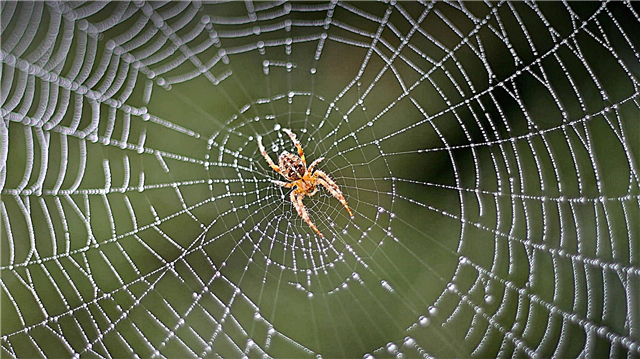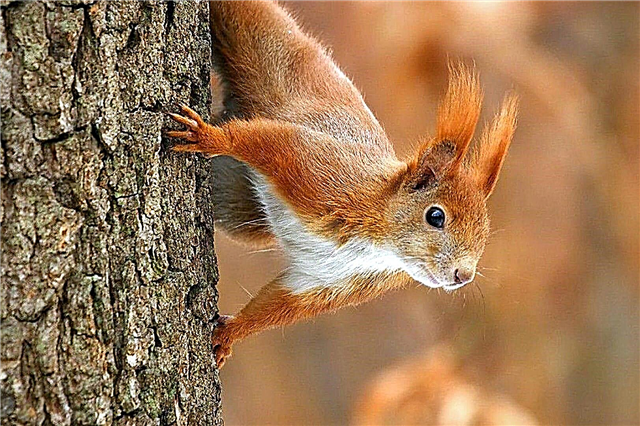
Beetles, otherwise Coleoptera, are insects in which the front wings are hard or leathery elytra, covering the hind (lower) wings intended for flight. Actually, the size of the beetles in this article will be discussed.
Surprisingly, the sizes of the largest and smallest coleopterans differ approximately 600-800 times. So, who are these giants and midgets?
The biggest beetles in the world
Beetle titanium, titanium lumberjack

A titan beetle, otherwise a titan lumberjack is the largest living beetle. Its sizes range from 8 to 17 cm, and larger individuals are rarely found. So, there is information about the titanium beetle, whose size was 22 cm. Titanium refers to barbel. The whiskers of some representatives have a length equal to half the length of the beetle itself. The insect has strong jaws, which can bite some objects, for example, twigs with a diameter of more than 5 mm. The color of the lumberjack-titanium is dark brown. In case of danger, the insect makes threatening hissing sounds. Not by mouth, of course. Females of these insects are usually larger than males, which is not quite typical for beetles.
Representatives of the lumberjack-titanium inhabit South America, characterized by a humid tropical climate and lush vegetation. They are most active at night. A striking fact is that an adult titan does not need food.True, the life of an adult insect is very short and is no more than five weeks. This huge beetle throughout its life uses the supply of energy that it managed to accumulate, being in a state of larva.
The titanium beetle is a welcome trophy for collectors. Its value in dried form can reach one thousand US dollars. Therefore, in the tropics of South America, special tours are organized to capture the giant.
Hercules Beetle

Hercules beetle is an insect whose body sizes are 8 and 12-15 cm, respectively, in females and males. The maximum size of an individual (male) of this species reached 17 cm. The insect inhabits the Caribbean islands and in America. The adult beetle lives about 6 months.
Other smaller giants than the previous ones are also known, but nevertheless giants in the beetle world - large-toed olenorogy, Dynastes neptunus and barbel from Fiji.

The largest European coleoptera is a stag beetle up to 9 cm in size. The giant among Russian beetles is a relic lumberjack, reaching 11 cm. Both insects are listed in the Red Books, because their number is reduced due to massive deforestation.
The smallest beetles

To date, the smallest bugs on Earth are percoptera (family Ptiliidae). Their length is less than 1 mm.
Some species are slightly larger in size than the simplest ones, for example, the well-known ciliates of a shoe whose length does not exceed 0.2 mm. Perokrylki have a feathery structure of wings, and therefore deserve such a name.

The favorite habitats of these bugs are old stumps, composts, deciduous leaves and other organics, which are populated by fungi, which serve as a percoptera as a food source.There are more than 600 species of these insects, of which 71 live in Russia. One of the species of percussion was first found on Russky Island, located in the Far East. This is Nanosella russica. The smallest representatives of pero-wings are the species Nanosella fungi and Scydosella musawasensis.
The smallest bug in the world

Nanosella russica is characterized by a body length of 0.5 mm. It lives on fungi. Nanosella fungi, or the North American peroxidus, has a size of more than 0.3 mm. The habitat of this species, as well as the previous one, is fungi. Until 2015, it was considered the smallest among all types of beetles. Currently, the palm is given to the species Scydosella musawasensis with dimensions slightly more than 0.3 mm. This insect inhabits the fungi of Central and South America.
Despite the widespread prevalence and a large number of species of percoptera, many of them have not yet been studied. Obviously, their study can open up new interesting facts to people. And who knows, perhaps among them there will be even smaller than the now known, coleoptera.












